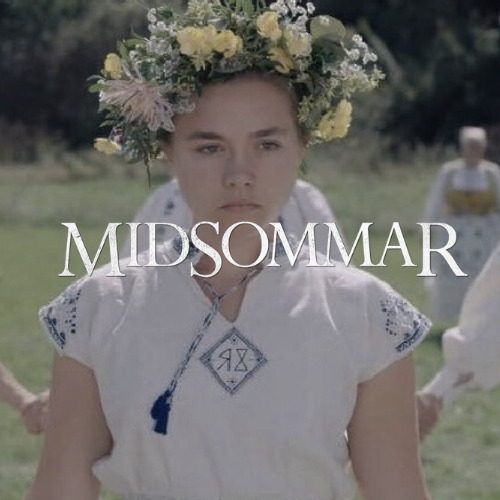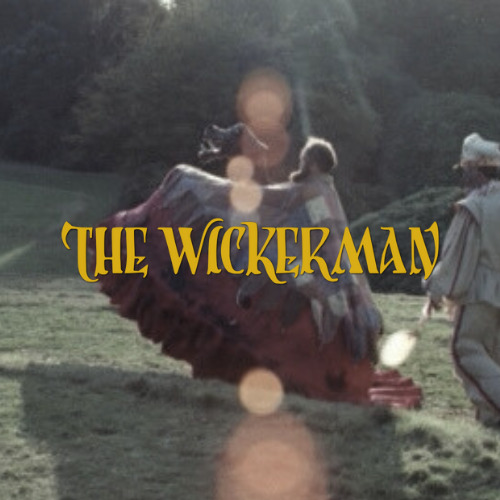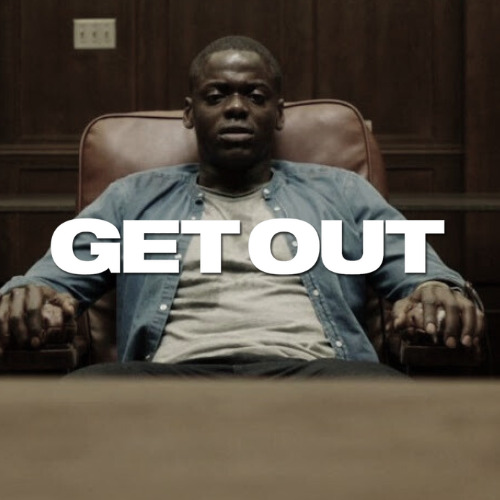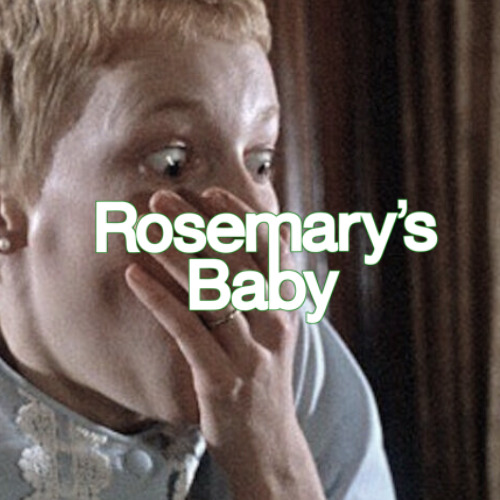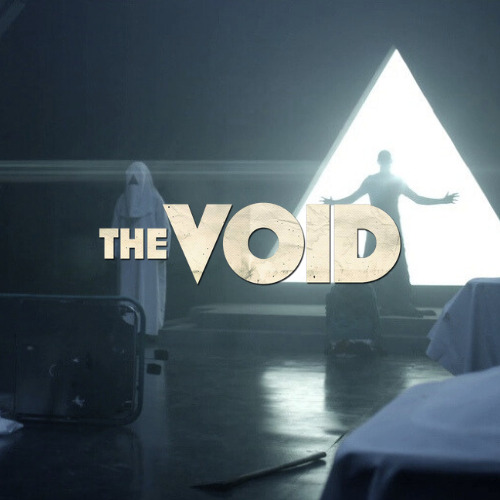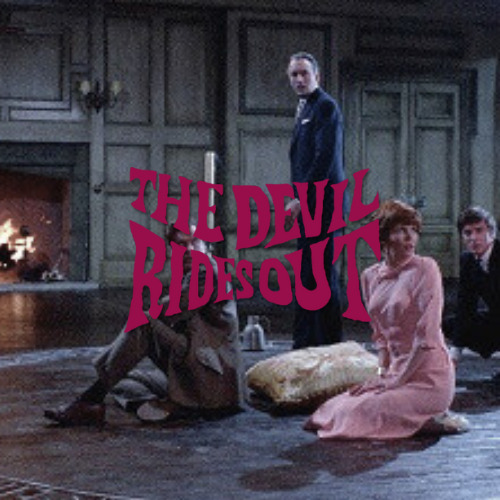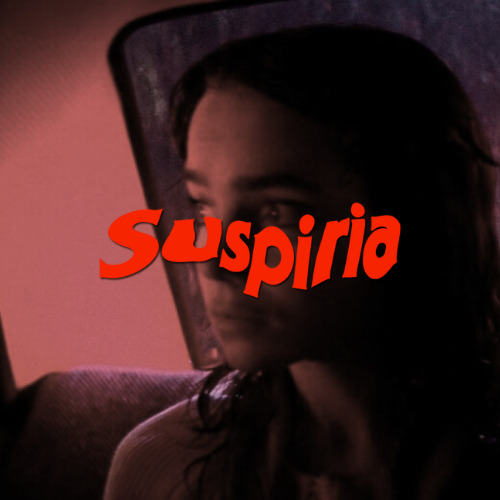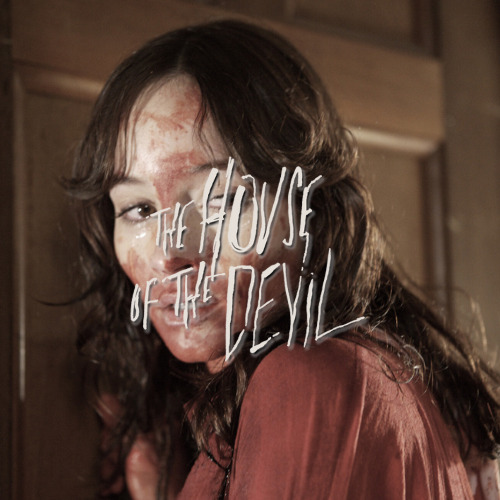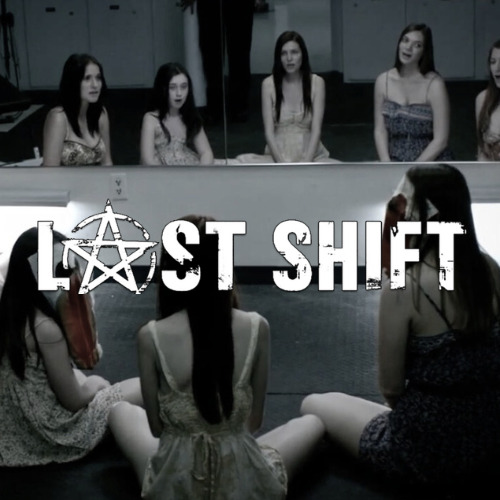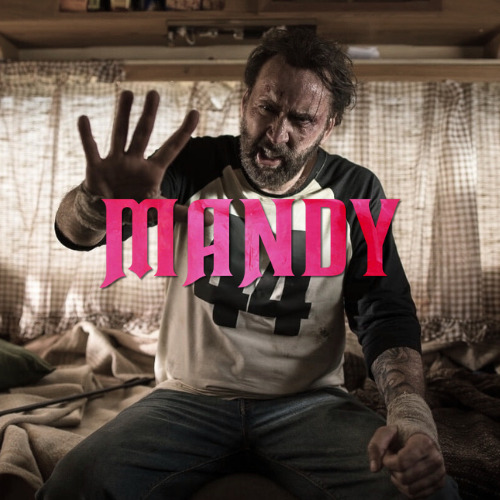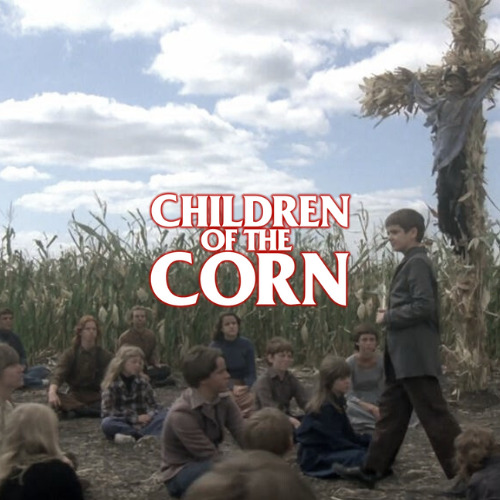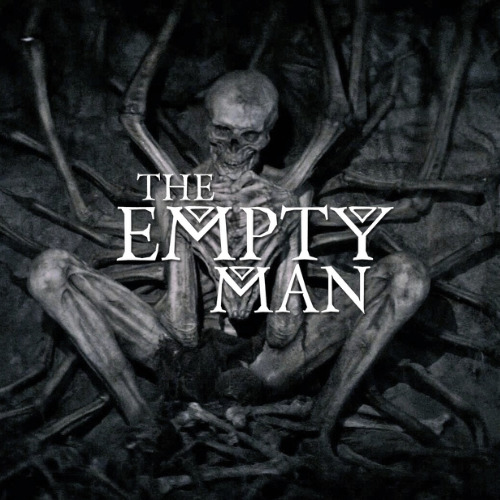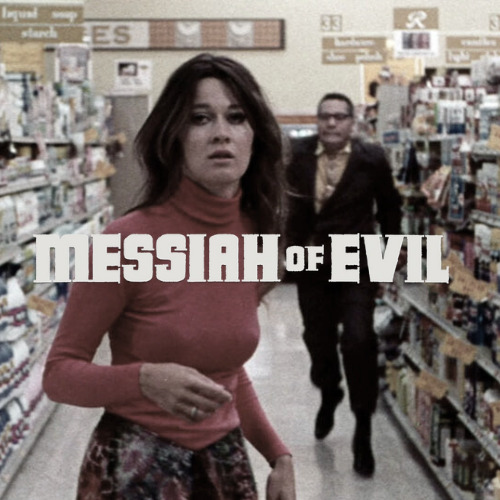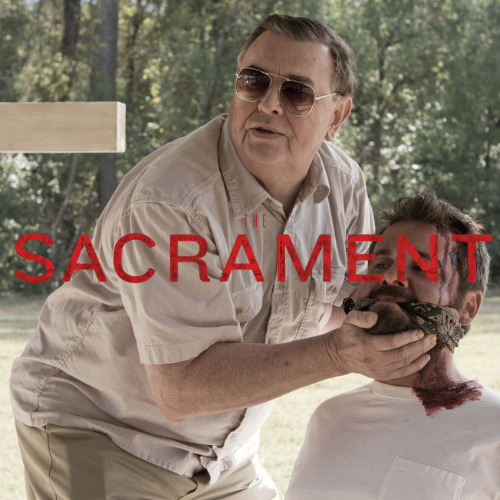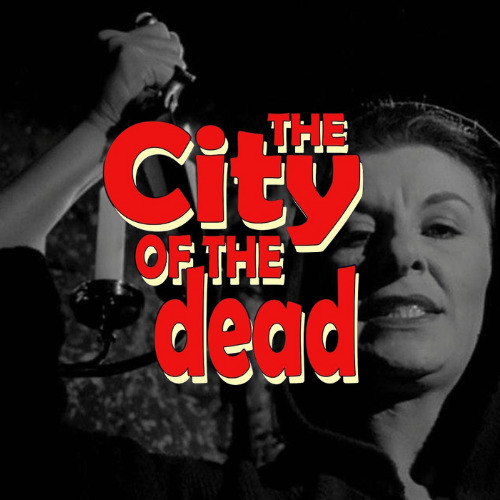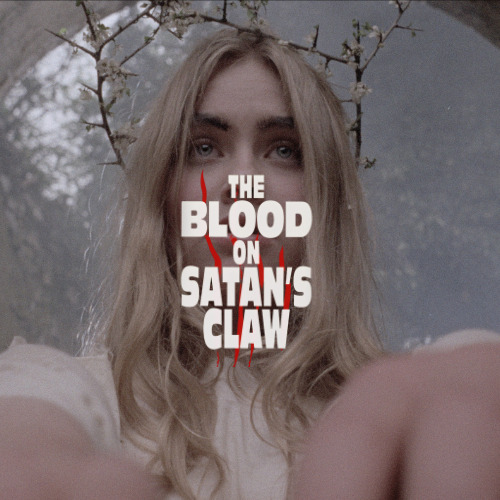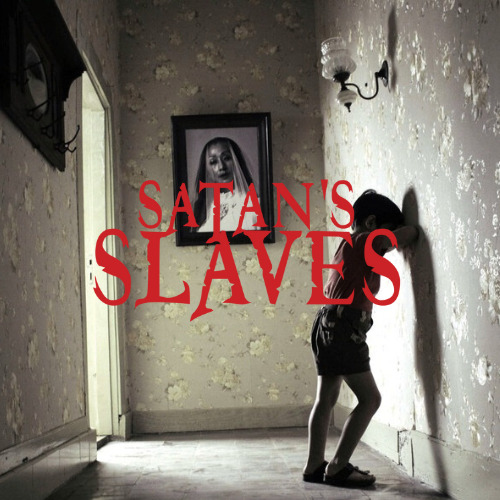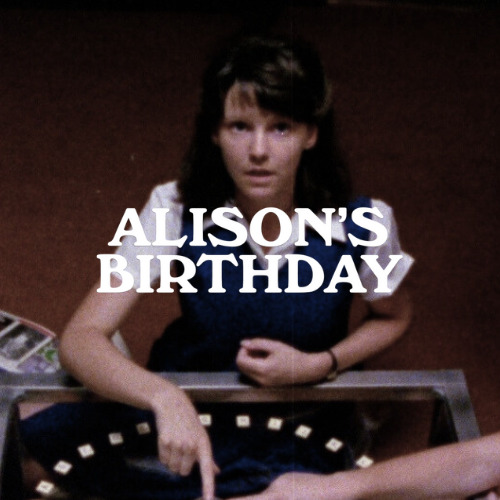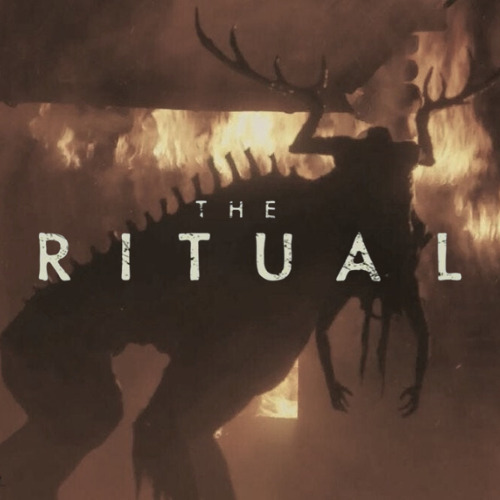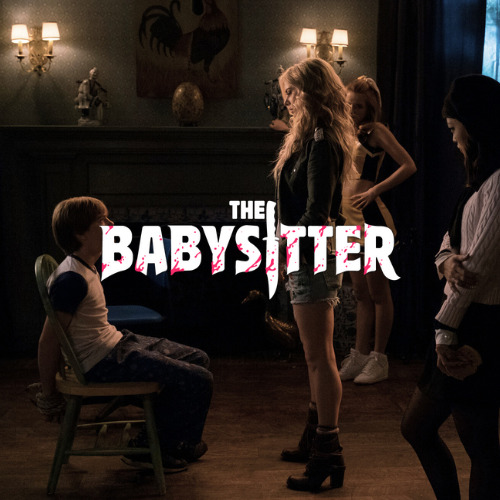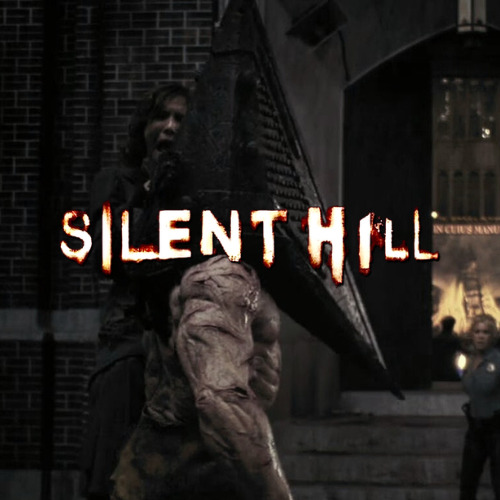Text
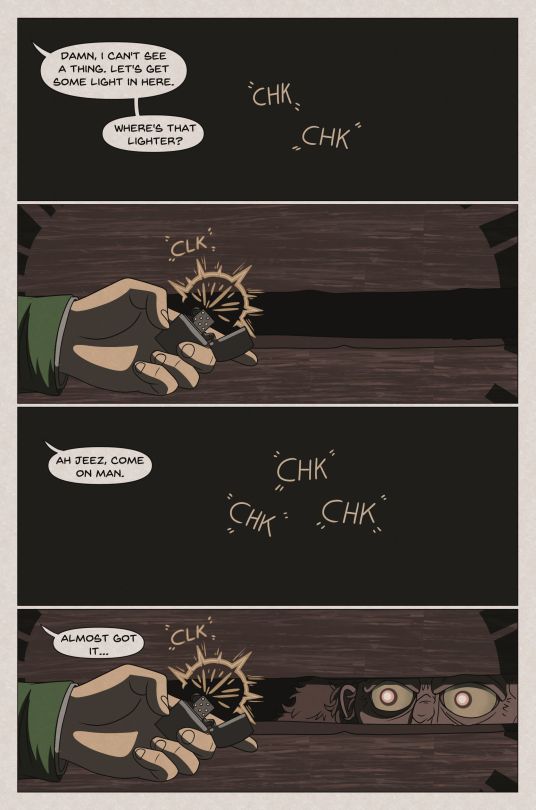
"Where's that light?"
A little four panel horror comic/test page that I made recently in order to try and get better at lettering. The scene is inspired from an old Bigfoot horror story that I wrote a while back.
Still got a way to go with lettering for sure, but quite happy with it nonetheless!
4 notes
·
View notes
Text

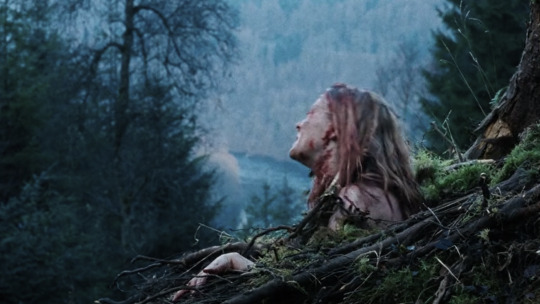


the descent (2006)
immaculate (2024)
395 notes
·
View notes
Photo


Suspiria (1977) dir. Dario Argento
661 notes
·
View notes
Text

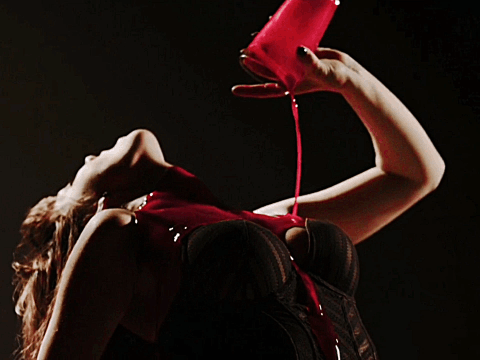
AMERICAN MARY (2012) dir. Jen & Sylvia Soska
986 notes
·
View notes
Text
Based on a True Story: The Conjuring and Writing Real Horror

Art and Words by Charlotte Elliott - Instagram: c.elli03
The Conjuring Franchise has always been a guilty pleasure of mine. There has always been something oddly alluring about the cursed doll of Anabelle bearing a bloody red grin; the shape of The Nun forming in the shadows of a dark abbey; a possessed child rasping in tongues while Ed Warren condemns the spirit back to hell. It’s a classic example of modern mainstream Hollywood horror.
When people learn I’m doing my PhD in horror studies, they often keenly ask me for recommendations. In blank panic, unfortunately, I forget every ‘good’ piece of horror media to ever exist. I forget my beloved Gremlins or Midsommar or The Thing. Never once have I admitted that The Conjuring has always been on my comfort list. Honestly, it’s kind of embarrassing.
It’s not the cheap jumpscares, or lacklustre storytelling. Sometimes, it’s nice to indulge in predictability. And sure, there’s the not-so-subtle message of conservatism. I can look past that, albeit grudgingly.
As a writer, the reason I feel weird about liking The Conjuring is its fabrication. Of course, no one expected Ed and Lorraine Warren - played by Patrick Wilson and Vera Farmiga - to be as perfectly vanilla as their on-screen counterparts. I’m certain most people roll their eyes as supposed demonologist Ed performs a house-shaking exorcism, whilst Lorraine has a convenient vision that reveals the last piece of the puzzle.
But who could blame Hollywood for ramping it up to make a profit? Isn’t that the crux of what horror and entertainment is all about? Profit, profit, profit. Facts go out the window when there’s an audience to entertain.
When I first became interested in horror based on ‘truth’, I tried my hand at writing my own dramatic short story based upon an alleged ‘real’ haunting. My source of inspiration was the Ancient Ram Inn in Gloucestershire, England. The Ram Inn self-proclaims to be a location of numerous historical true hauntings, presented as indisputable fact. The Inn’s website says there are Norman French records of the 800-year-old property, citing the Gloucester Records Office.
When researching, I couldn’t find any public records on the local archive database. Many websites described the Inn’s ‘true historical crimes’: a woman burned for witchcraft, a man murdered after his head was forced into the fireplace, an innkeeper’s daughter killed upstairs - if you believe hauntedrooms.com. In The Daily Mail, the former owner’s daughter, Carole Humphries, recounted “people running out of the house screaming”, stating “objects move… we used to hear the ghosts of murdered children''. Her father John told the BBC eight guests had to be exorcised.
The website boasts that the Ram Inn is built on ancient Pagan ritual grounds excavated by Bristol University. However, no academic records exist. I even contacted Dr. Stuart Prior, who is responsible for excavations in the Gloucestershire area. He said this claim is “certainly not related to any of the archeology [here]. I’ve never even heard of the Ram Inn''.
Not unlike The Conjuring stories, localised horror legends that claim to be based on truth are milked to generate profit. During my writing, I came to the conclusion that the Ram Inn’s original alleged victims cannot be vouched for. Especially thanks to questionable internet sources. Whatever the truth is in Gloucestershire, the Ram Inn still helped to inspire a (very average) short story. And it isn’t hurting anyone by claiming a spooky history.
The same cannot necessarily be said about The Conjuring. It’s not about the filmmakers ‘tricking’ the audience into thinking these events occurred. It’s not about the desire to profit from a fanciful story. Presenting ‘truth’ in film is dicey at best (where do you draw the line?). But this isn’t a criticism about cinematic accuracy.
My big issue with The Conjuring is not its extreme creative licence. The Nun II seriously goes as far to imply Lorraine Warren is a descendant of Saint Lucy. Sure, whatever. What I find uncomfortable is that The Conjuring presents the Warrens as the perfect Godly couple. In reality, they were crooks taking advantage of vulnerable people.
The latest instalment of the franchise, The Conjuring: The Devil Made Me Do It (2021), covers the trial of Arne Johnson. In 1981, the Warrens did try and get off a man convicted of manslaughter by using demonic possession as a defence. Although an interesting premise for a movie, The Conjuring unquestionably excuses Johnson’s actions by literally presenting ‘the devil made me do it’ argument. The Conjuring and The Conjuring 2 merely follow ghostly hauntings; the third film takes it one step further by disrespecting a real victim, Johnson’s landlord Alan Bono.
When I researched the Ancient Ram Inn, it seemed that the ghosts were so far back in history that no one knew the whole story anymore. Perhaps now, you can just claim anything. Unlike the Inn, The Conjuring films take place between the 1970s-1980s. It’s recent enough that we can decisively analyse the erasure of the ugly truth.
Ed and Lorraine Warren were terrible people that should not be given grace. They conducted paranormal investigations to scam people by citing false ‘scientific methods’. Ed had an affair with a girl who was only fifteen. Allegedly, Lorraine encouraged the girl to have an abortion (resulting from her relationship with Ed) to protect the Warrens’ reputation. There was also alleged domestic violence in the family.
The Conjuring has contributed a false legacy. For a couple so devoted to Catholicism and denouncing evil, the Warrens had no problem profiting from fake science and baseless clairvoyance. Meanwhile, they were supposedly engaging in domestic abuse and pedophilia. It is clear from any basic Google search that the Warrens were not even close to the wholesome power couple we see on screen.
For anyone writing about horror “based on a true story”, I encourage you to think about The Conjuring as an example of how storytelling can be harmful. Very few people believe in an exaggerated - well, downright invented - ghost story. Especially when you swear it really happened. Deep down, the audience knows the writing is for profit and entertainment. Even my silly little Ram Inn story was mostly fictitious, despite all that research. When depicting real subjects, writers have a responsibility to be considerate when real victims are involved. On top of that, it should go without saying that it’s in poor taste to glorify dreadful people, criminals, and/or con artists. Shamefully - although I like to flick it on for an easy watch - The Conjuring contributes to the problematic legacy of the Warrens as heroes against the horrors.
3 notes
·
View notes
Text
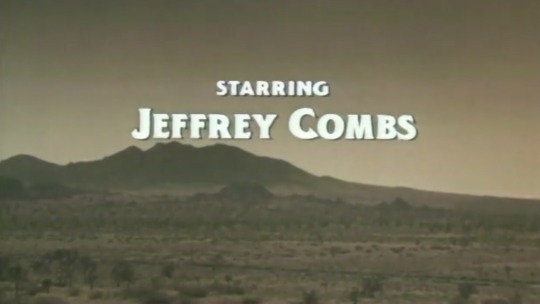


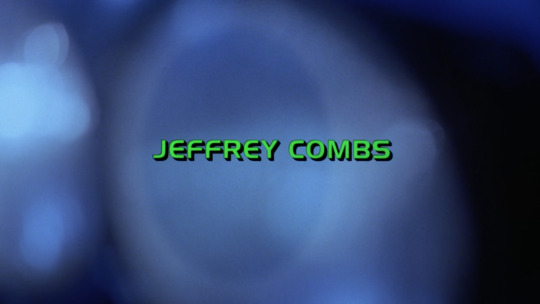


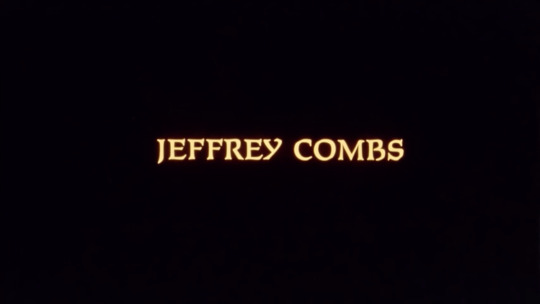


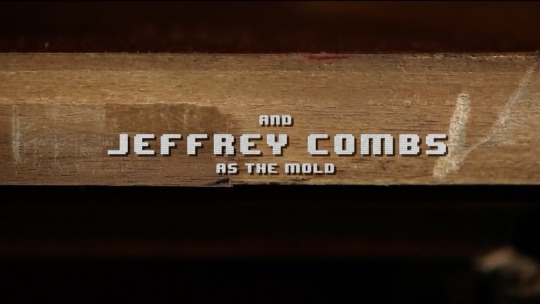
sure sign that the brain worms are taking over ❤️
379 notes
·
View notes
Text
images that go hard as fuck

1K notes
·
View notes
Text
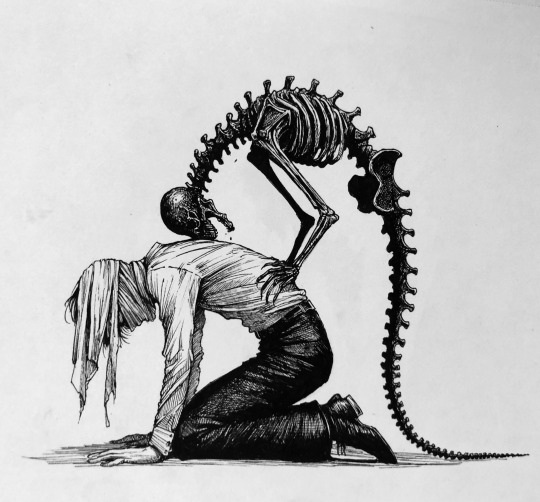
We Clock Out
Drawn by me
Ink and pencil on paper
2K notes
·
View notes
Photo

Sleep Paralysis, pencil drawing by ragneidr
510 notes
·
View notes
Text
Transformations in Re-Animator: Body Horror at its Finest
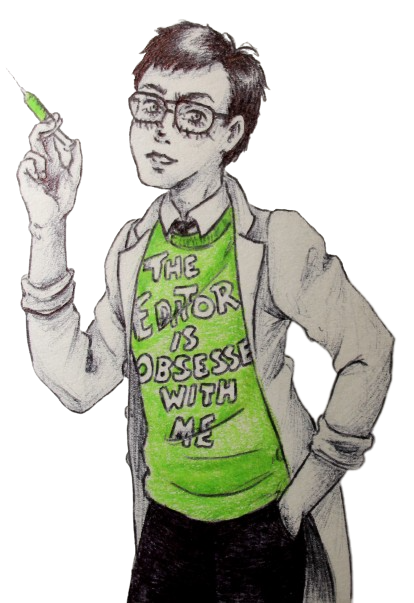
By Tabby Knight (Instagram - tabby.knight6)
Artwork by Dy Dawson, @xgardensinspace
I love Re-Animator. I’m in love with it. Seriously, disgustingly, violently in love with it. If I could marry a film, it’d be Re-Animator (and I’d be sure to court it first—flowers, chocolates, disembodied hearts floating in jars, the works). If I could marry a character in a film, it’d be Herbert West, which probably indicates—not that I needed an indication—that there’s something really very wrong with me as a human being.
But the heart wants what it wants, and ever since I watched Stuart Gordon’s 1985 splatter-fest as a bloodthirsty undergrad, streaming the film in low quality on my cracked, ageing iPhone, my heart has wanted Re-Animator. I love everything about the film, from its lead characters to its buckets of blood to its ridiculous, oh-so-quotable moments of barefaced comedy (“You’ll never get credit for my discovery. Who’s going to believe a talking head? Get a job in a sideshow.”) and I know just about everything about it, too. I’ve seen its sequels (Bride’s a messy triumph, we don’t speak about Beyond) watched interviews, deleted scenes, actor and director commentaries, the works. I’ve also tracked down just about every other horror film featuring the dynamic duo of Jeffrey Combs and Barbara Crampton, seeking something of the same calibre to scratch that gory itch. A few films have come close, but none so far have surpassed it. As a lifelong viewer of 80’s corn-syrup gore, I can assure you that Re-Animator is unmatched. It stands alone.
There’s a lot of talk about Re-Animator as a cult classic, and rightly so. There’s also talk about it as a comedy (true) a splatter film (also true) and a landmark of Lovecraftian canon (absolutely). But what I don’t see talked about as much, is that it’s a pretty impressive piece of transformation horror—verging on body horror, really—in the same vein as Jekyll and Hyde, The Fly, or American Werewolf in London.
At its core, Re-Animator is a film about uncontrollable, transforming bodies, both the obvious and the subtle. From its opening sequence (Doctor Gruber’s freaky, bulging eyes that explode right out of his head) to its final, blood-soaked showdown, the body is a constant site of change.
There is, first and foremost, the transformations brought about by Herbert West’s re-agent: the re-animation of the tranquil dead to aggressive, violent zombies. By that same token, the re-agent also transitions Dean Halsey from a rational human being into a creature who mindlessly kidnaps, restrains and strips his own daughter, and aids Doctor Hill’s transition from a creepy, unethical professor to an all-out, murderous sexual predator (albeit a decapitated one).
But there are also the subtle changes. Dan’s patients are always in motion, crossing over from life to death (it’s funny to think that in a film set primarily in a hospital, none of the patients on display actually make it out alive) and the bodies in the morgue are always shown in transitional states of rot and decay. Almost every shot of a body (or its parts) displays these changing states in full detail, a constant reminder of human fragility—our own lack of control over our own bodies, and the inevitable breakdown of the flesh.
But my favourite transformation—and perhaps the most criminally overlooked—doesn’t actually occur in the body at all. Or at least, not at first glance. It’s the transformation we see in All-American good guy Dan Cain: our squeaky-clean med student protagonist, and eventual accomplice to Herbert’s maniacal experiments. At the start of the film, Dan appears to have it all. Good career prospects, a super cute girlfriend (Megan Halsey, I’m in love with you) and what appears to be a fairly concrete spot on the Dean’s List: Dean Halsey even goes so far as to describe him as one of Miskatonic’s most promising students—no mean feat, considering he’s regularly bedding the ultra-conservative Dean’s only daughter. The only identifiable flaw in his apple pie life would appear to be his inner struggle with mortality. Not his own, you understand, but that of his patients. He refuses to accept that dead is emphatically, irrevocably dead. And of course, it’s this struggle that sets up the rest of the film.
Throughout Re-Animator’s speedy 90-minute runtime, we see Dan transition almost seamlessly from an upstanding member of society to a man who willingly injects a volatile substance into the corpse of his dead girlfriend, despite knowing full well what the consequences will be. In essence, he transforms from a regular guy into an all-out monster. Granted, he’s a monster with a conscience (we see that very clearly in Bride of Re-Animator) but arguably, so are your American Werewolves and Brundleflies.
In fact, you could argue Dan’s a little bit worse than most transformative monsters: Dan’s conscience, such as it is, always seems to disappear when faced with the prospect of his own self-interest. Despite all his prior reservations, his reluctance to revive Dean Halsey (until it suits him) his fury at Herbert’s murder and resurrection of Doctor Hill, all of it seems to dissipate in the face of Meg’s death. Then, suddenly, there’s no hesitation, no ethics. He barely hesitates in retrieving the reagent, measuring up the dose, or injecting Meg in the brain stem. His transformation—man to monster—is complete. And he didn’t even have to shed his skin to do it.
This is, in part, what I think is missing from the 1989 sequel, Bride of Re-Animator (aside from Stuart Gordon in the director’s chair). Bride’s a good movie, and I like it a lot, even if it does lag a little somewhere around the middle. But what really lets it down is the absence of that underlying transformative arc – we as an audience aren’t particularly unnerved by Dan’s second descent into medical madness, because it’s not exactly shocking or new. We’ve already seen the very worst he could do first time around, and anything Bride tries to offer us naturally falls short. A better direction for the sequel might have been a role reversal—maybe Herbert gains something of a conscience while Dan continues to lose his? But then of course, there’s the risk that Herbert might also lose some of the callous edge that makes him such an iconic anti-hero (and makes me love him so, so much). It’d be a fine line to walk, and interestingly some fanworks do a great job of it, but it’s never quite transferred to the realm of sequel film.
For me, it’ll always come back to that final shot—the plunge of the Re-agent filled syringe before Barbara Crampton’s iconic scream and the dramatic cut to black. There’s only one ending that comes close to scratching the same depraved itch in my strange little brain, and that’s the closing line in Stephen King’s Pet Semetary:
“…Darling.”
16 notes
·
View notes
Text
I recreated Caravaggio’s “Judith Beheading Holofornes” in Kid Pix Studio from 1995 using a mouse. Here's the video I made doing it.
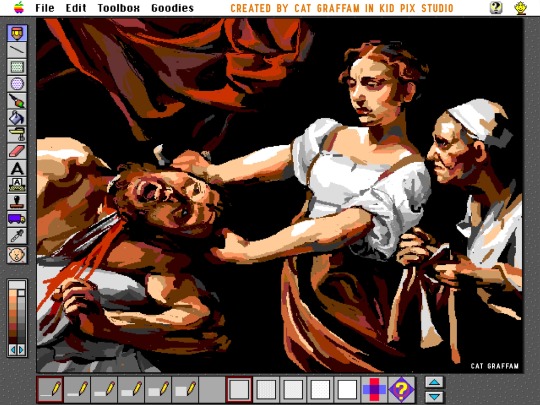
60K notes
·
View notes
Text

Finally Actually Finished!
#KatieSteedArt
Title -🔥 Ewar Woowar 🔥
Painted 23/4/24
I made a mistake the first time so have had to repost
The inspo below
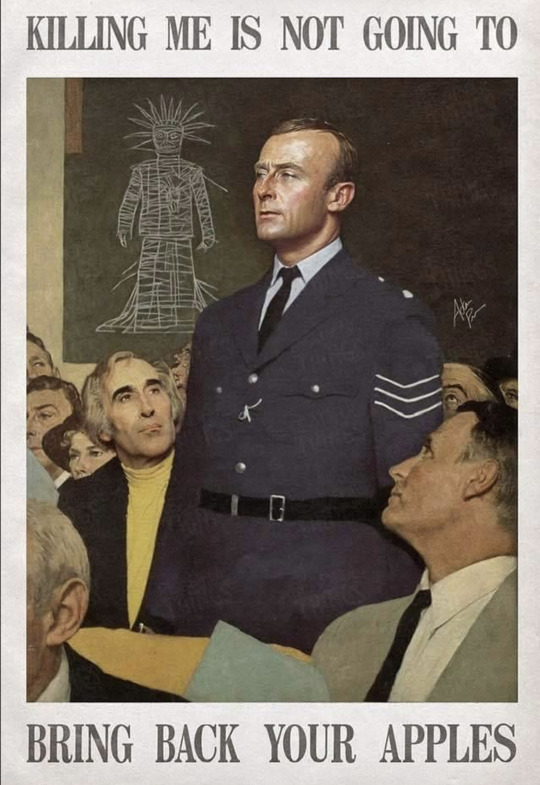
46 notes
·
View notes
Text
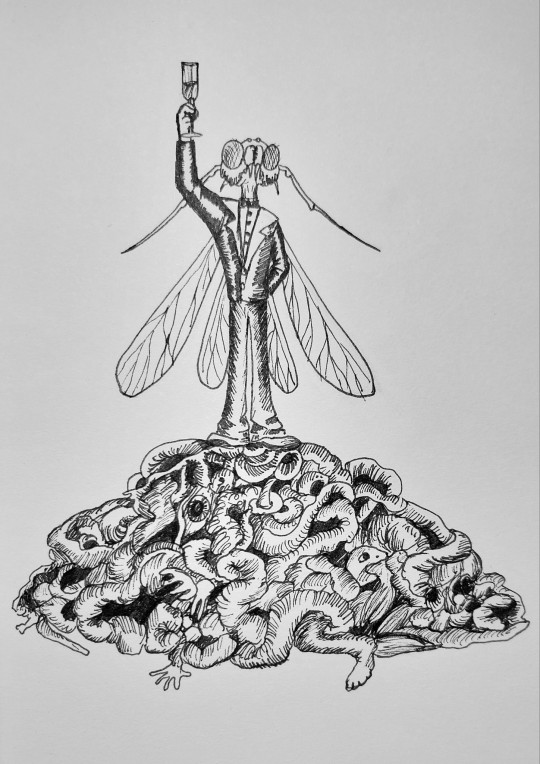
28. A Toast
9 notes
·
View notes
Text
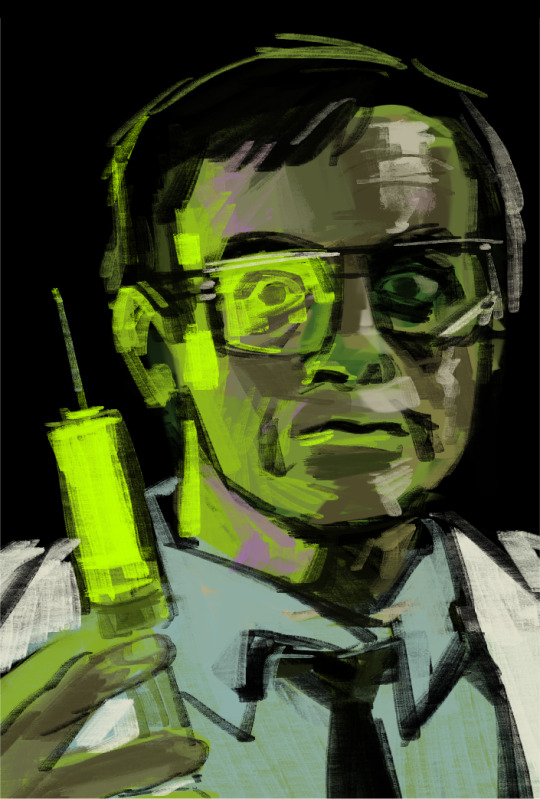

LOGIC [Easy: Success] - One is a doctor, and one is a scientist. Do NOT get it mixed up.
2K notes
·
View notes
Text


THE LOVE WITCH
2016, dir. Anna Biller
1K notes
·
View notes

